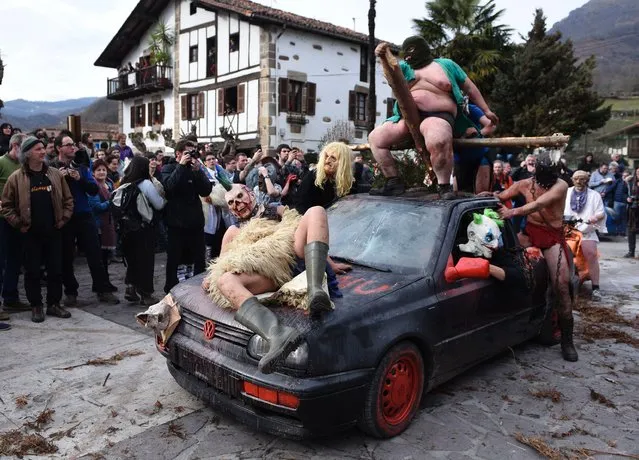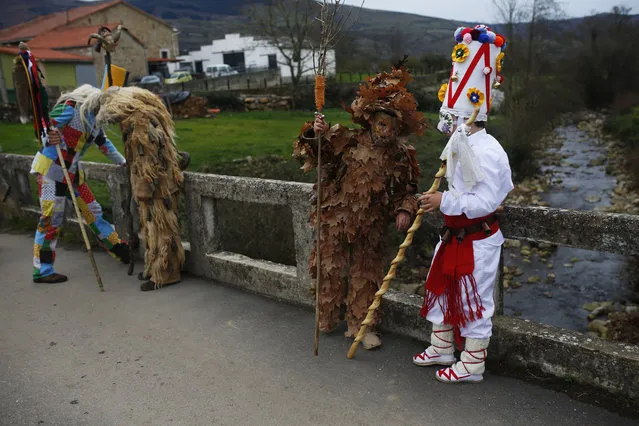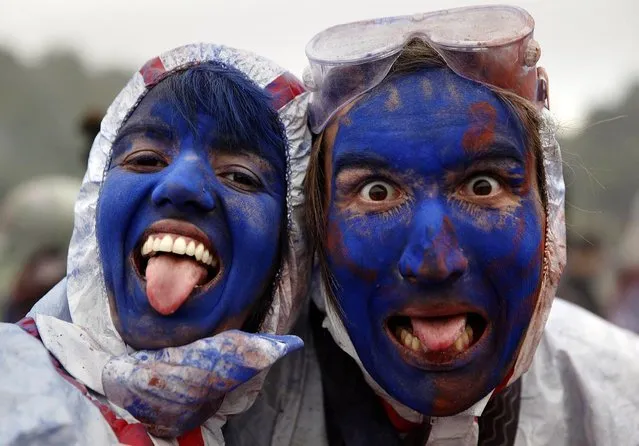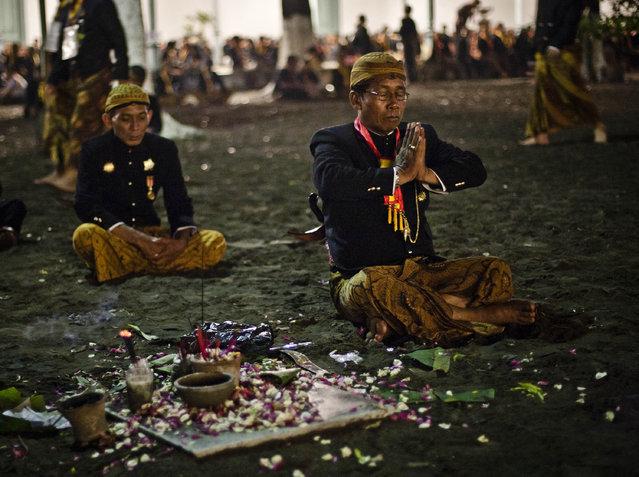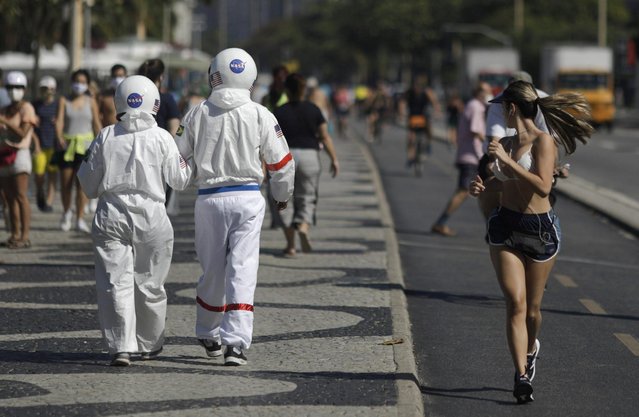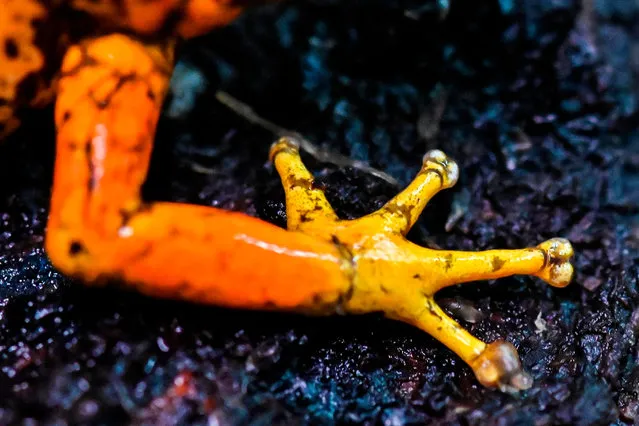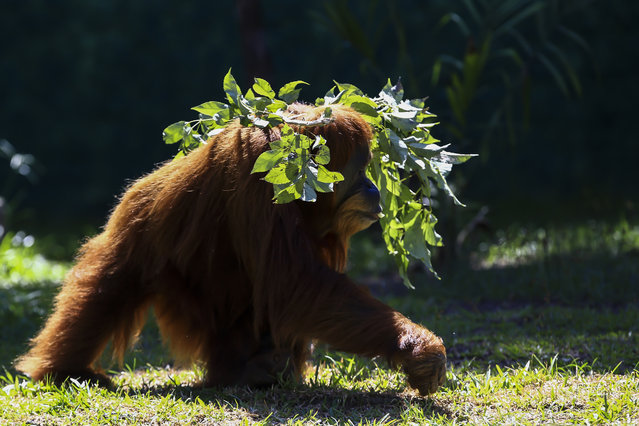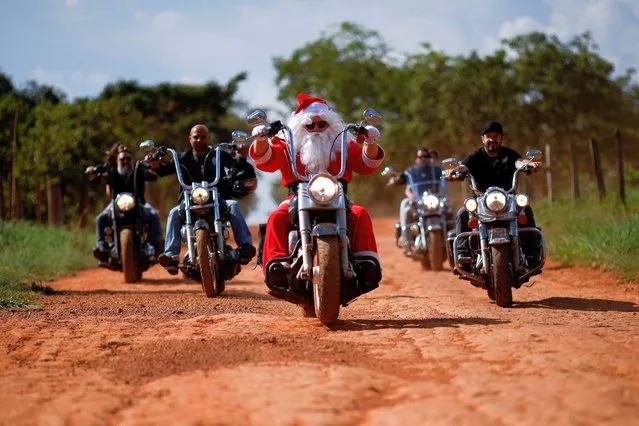
A motorcyclist, Helton Garcia dressed as Santa Claus, rides his motorcycle before handing out gifts to children in a rural school in Santo Antonio do Descoberto, state of Goias, Brazil on December 10, 2023. (Photo by Adriano Machado/Reuters)
15 Dec 2023 06:06:00,post received
0 comments

